 So many consumers are eating with a conscience these days – scaling back on meat in an effort to lighten their carbon footprint and paying more attention to the sustainability of the foods they eat. Seafood is playing a new role here, with such items as seaweed and bivalves gaining traction in restaurants for their environmental and nutritional benefits. They both provide a number of key benefits to underwater ecosystems – and farming them has minimal ecological impact. While seaweed’s dietary benefits vary by variety, it’s generally a rich source of minerals and omega-3 fatty acids, as well as vitamins B, C, E and K. Bivalves contain more protein than many meats and plants, as well as omega-3 fatty acids, iron, zinc and magnesium. A recent Restaurant Business report predicts that restaurants could play a significant role in motivating more American consumers to integrate sea vegetables and bivalves into their diets. 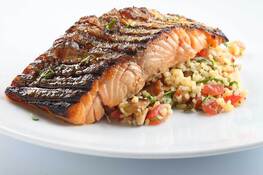 Adding seafood to a dish can help you upgrade your menu with healthy, budget-friendly protein. It can also give you a good story to tell guests at a time when more consumers seek out foods with a lower environmental impact – recent research has found that seafood is a low-emissions protein in relation to other animal proteins. If you’re looking for seafood that can help you upgrade your menu in climate-friendly ways, talk to Team Four and also look to Seafoodwatch.org, which recommends --- and allows you to search for – domestic and imported sources of seafood that are fished or farmed in environmentally sustainable ways. 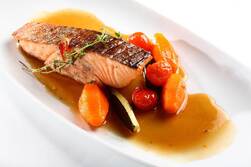 Seafood is central to summer vacation for many people – and at its most craveable during this time of year. If you’re featuring seafood on your menu this summer, look for ways to serve it sustainably and with minimal waste. To help, look beyond offering seafood as the main attraction of a dish. Finding strong supporting roles for seafood in a range of dishes including soups, stews, pastas, tacos and stir fries can help improve your utilization, nose to tail. Using a range of global seasonings on your menu can provide a couple of important benefits: It can help you reinvent a protein or an entire dish while keeping your inventory simple – and in doing so, it can add the kind of variety and frequent change to your menu that will keep guests interested. Take one of the proteins or starches you have as an inventory staple and consider how you might transform it in multiple ways with the help of global flavors. Your menu can act as a passport – the only one your guests are likely to be using right now.
For many people, summer means seafood – and white fish is a low-calorie source of lean protein, making it an ideal choice for healthy meals. Cod can be prepared in so many ways and its light flavor provides a foundation for a broad range of recipes. Try it with Mediterranean herbs and produce. While cod’s many appealing qualities have placed the fish among the seafood varieties that have been over-fished, the Monterey Bay Aquarium Seafood Watch provides guidelines to help you ensure you’re purchasing cod from sustainable sources. https://bit.ly/2WXViXd
Even if you don’t think insects have a direct place in the food you serve (cricket cookies, anyone?), they could still play a large role in lab-grown cells that could eventually become replacements for such foods as shrimp, lobster or even hybrid alternatives to plant-based meat. That’s according to a new study out of Tufts University that found that insect cells are especially good building blocks for other proteins because they are safe, nutritional and cost-effective — qualities that put them in a more favorable position than lab-grown beef at the moment. A Fast Company report said that while lab-grown insect meat still has a ways to go before it’s ready to market — researchers still need to determine how to develop the cells into the muscle and fat that builds the meat-like structure of the protein — the study provides a strong basis for insects as the basis of related crustacean-like proteins on menus down the line.
The push for eating a plant-based diet with less animal protein may be missing an important point: Eating the right kind of seafood — and a broader range of it — can benefit the environment (and your menu too). That’s the conclusion of a new study published by Eating with the Ecosystem, a non-profit that promotes local and sustainable seafood harvesting in the Northeastern U.S. The research, as reported in The New Food Economy, considers the findings of 86 scientists who, over a six-month period, were assigned four species from a list of 52 seafood species commonly harvested by fishermen in New England waters. The scientists were told to find the different species in local markets, bring them home and prepare them. But often, they couldn’t find their assigned seafood. In fact, the study found that on the list of 52 species, only five (lobster, sea scallops, soft shell clams, cod and haddock) were available more than half of the time. When the scientists could track down a lesser-known fish, they were often pleasantly surprised: The John Dory, for example, was routinely rated as the best-tasting, easiest-to-prepare fish. By diversifying the seafood you offer and educating consumers about tasty varieties they haven’t tried, you could not only help maintain balance in marine ecosystems but also stand out with consumers. There isn’t a 100 percent foolproof system for ensuring you offer sustainable seafood but Restaurant Nuts advises you get to know your supplier well and ask plenty of questions about how and where the fish were caught. Get to know the Monterey Bay Aquarium’s list of eco-labels, which identifies fish that they believe have been caught sustainably. If you source farm-raised fish, go with a supplier in the U.S., which has stricter regulations about farm-raised fish than most other countries.
|
Subscribe to our newsletterArchives
April 2024
Categories
All
|

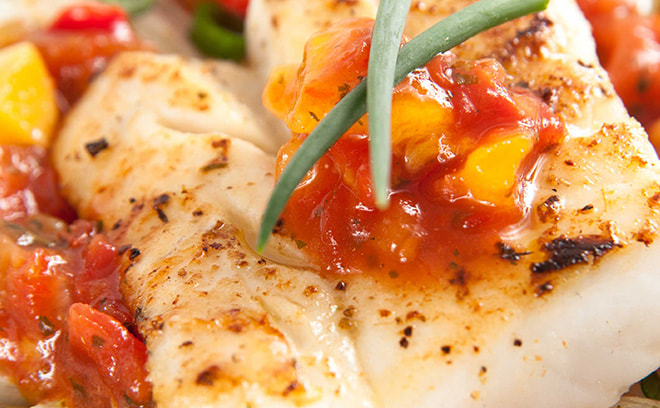
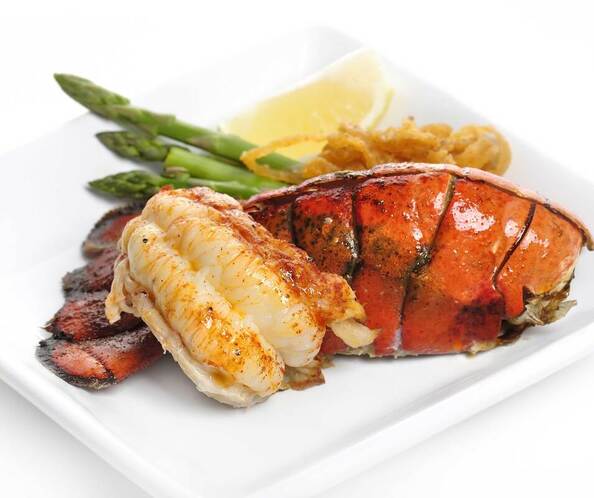
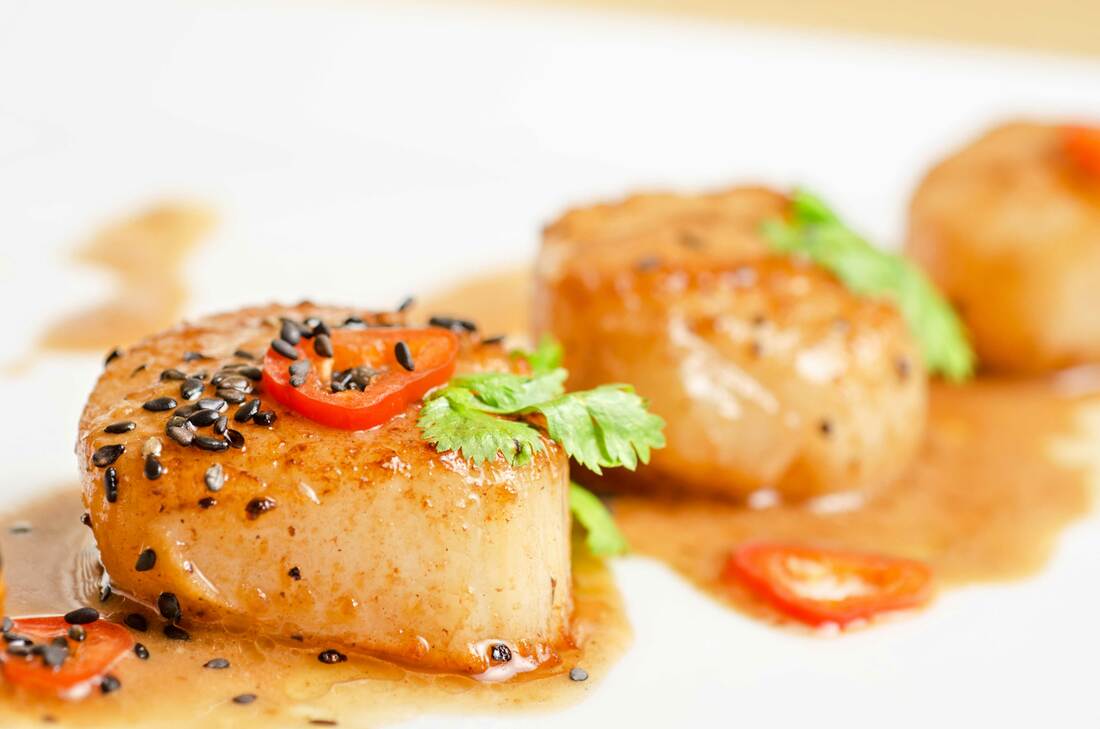



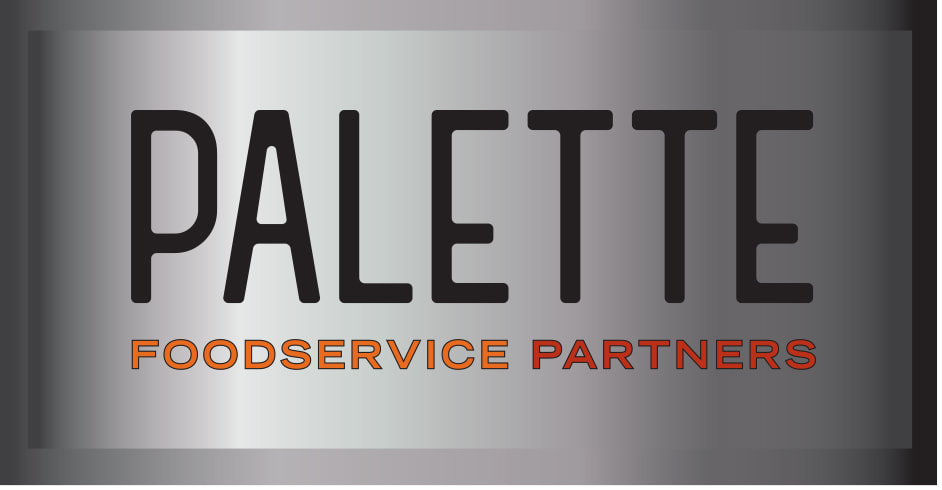
 RSS Feed
RSS Feed